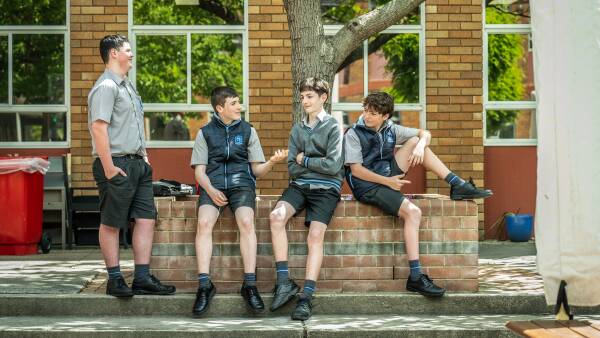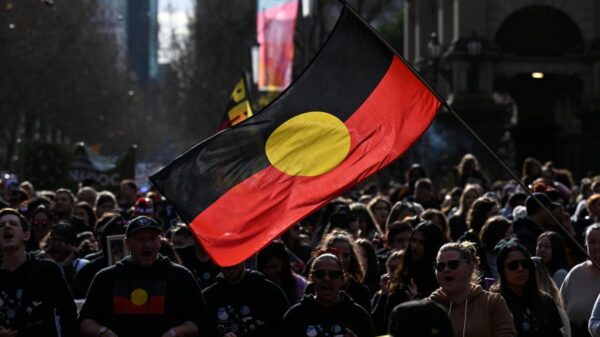With summer approaching, many teenagers in Australia are preparing for a unique season marked by a federal government ban on social media access for children under 16. This initiative, which is set to take effect in six weeks, has spurred a wave of nostalgia among youths who are now planning a return to traditional summer activities such as park visits, bike riding, and swimming.
Thirteen-year-old Leo Blair intends to leave his phone behind and engage in outdoor activities like football with his friends. Similarly, Abbey Nuttall, aged 12, is excited about spending time in the park and going for walks. Other teens, like Will Driscoll and Callum Ernst, plan to enjoy basketball and visit family. Their enthusiasm suggests that the absence of phones may lead to a more liberated and adventurous summer.
Mixed Reactions to the Social Media Ban
Despite their optimistic plans, many teenagers are unsure what life will be like without constant access to social media platforms. A group of Year 7 students from Telopea Park, including Alyssa McLean Dreyfus, Chloe Tomlinson, and Anouk Starling, expressed skepticism about the ban’s effectiveness. Anouk believes that as long as she is with friends, she will have fun, while Chloe pointedly remarked that “there’s no foolproof plan” to keep kids away from social media. Alyssa added that the government should focus on regulating harmful content rather than enforcing a blanket ban.
For many parents, the social media ban is seen as a potential relief. Andrew Nuttall, Abbey’s father, reflected on the negative impact social media had on his older children, suggesting that the ban could create a safer environment for younger kids. He emphasized the importance of a supportive community, noting that most parents in Abbey’s friend group are in agreement with the initiative.
Conversely, some parents like Chris Bamford worry about the implications of the ban. He views the potential lack of access as an opportunity for his daughter Willow to escape what he describes as “brain-rot” from endless scrolling. Bamford, however, expressed concern that children might still find ways to access social media despite the ban, leading to feelings of exclusion among those whose parents enforce it.
Concerns About Implementation and Safety
The government’s mandate places the responsibility on social media companies to verify users’ ages and restrict access to under-16s. This strategy has sparked criticism from parents who believe it is overly simplistic and unlikely to succeed. Toby Ehinger, whose daughter Saffy is also 13, argued that children will quickly find ways around the restrictions. He expressed the belief that parental involvement is essential for monitoring online interactions, rather than relying on government policies that may not effectively address the underlying issues.
Emmanuelle Wintergerst, an IT professional and parent, criticized the ban as a misguided approach. She contended that simply prohibiting access does not educate children about responsible social media use. Wintergerst emphasized the need for discussions about online safety rather than creating a false sense of security through arbitrary restrictions.
The implications of the ban extend beyond social media access. At Marist College, a Catholic boys’ school, officials announced plans to prohibit smartphones for students in years four to nine. Deputy headmaster Liam Stakelum noted that the school had been reflecting on the effects of social media use among young students, especially in light of disturbing content becoming increasingly accessible through algorithms.
As teenagers like Leo, Will, Callum, and Eddie prepare for a summer without smartphones, the broader societal implications of this ban continue to unfold. While some parents support the initiative, others worry about its potential ineffectiveness and the complexities of managing their children’s online lives in an increasingly digital world.
































































